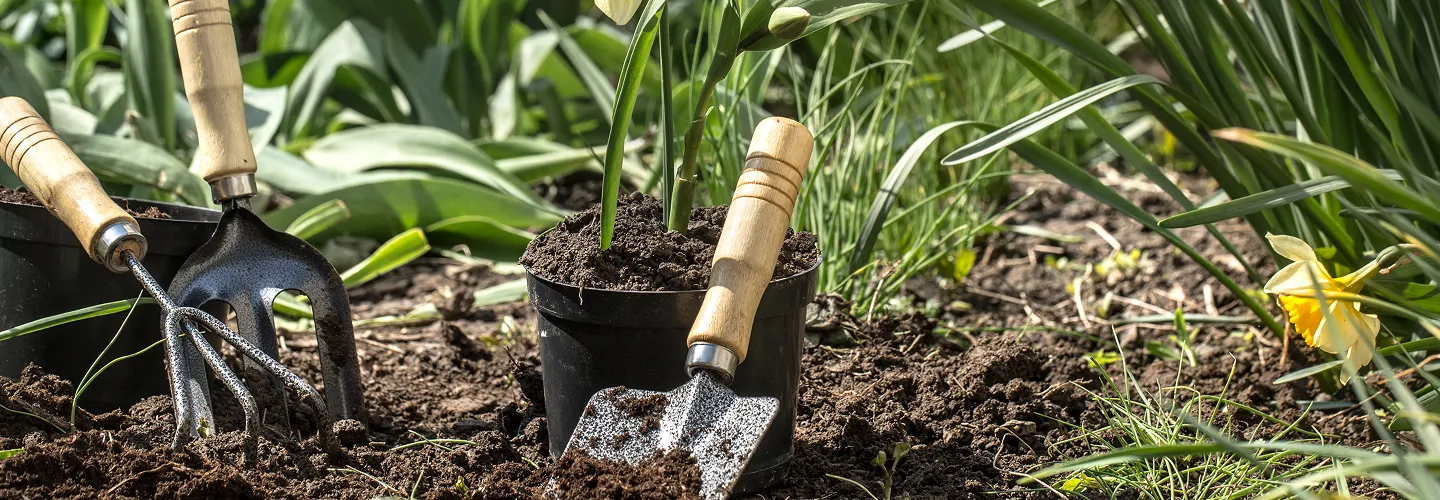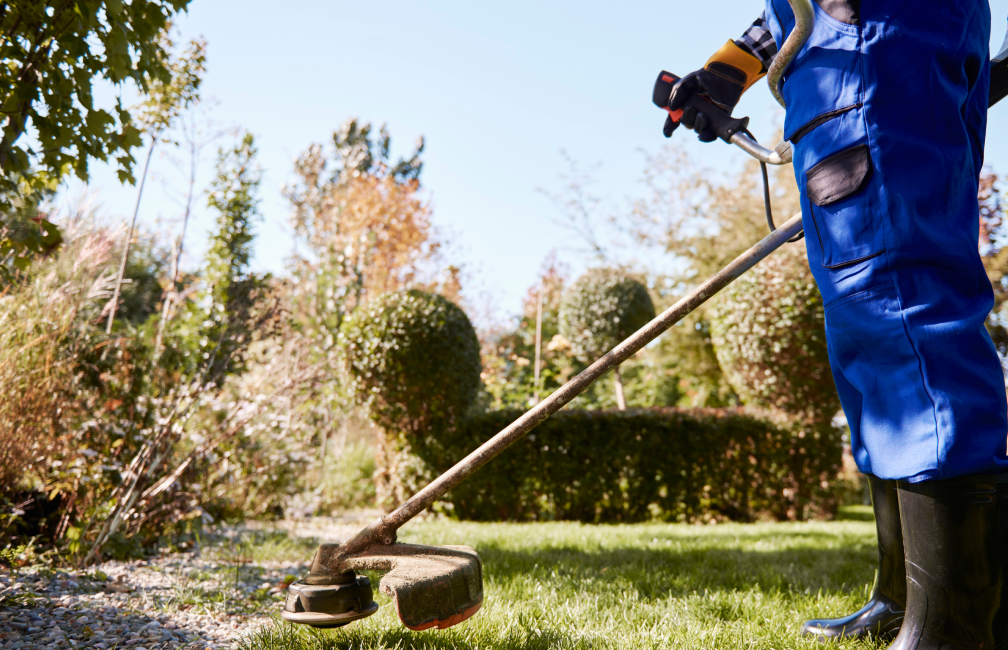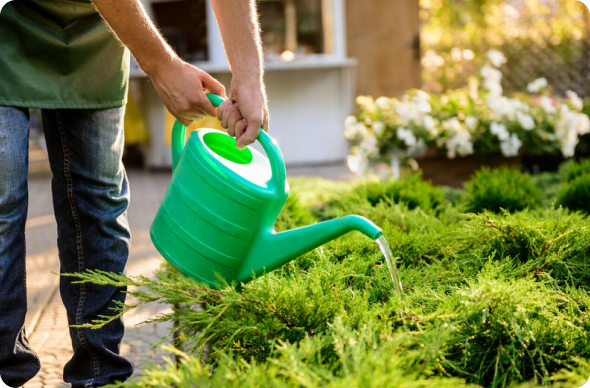
Dighton Dethatching Lawn Services
Choose our Dethatching Lawn services for a healthier, greener yard—our experienced team removes built-up thatch to improve soil health, boost grass growth, and give your lawn the fresh start it deserves.
Get a Free QuoteWhen to Schedule Dethatching Lawn in Dighton, MA – Seasonal Guide
In Dighton, MA, the best time to schedule lawn dethatching is typically in early spring or early fall, when grass is actively growing and can recover quickly. The region’s climate, with its cold winters and humid summers, means that dethatching too early or late in the season can stress your lawn. For neighborhoods near Segregansett River or the shaded lots around Dighton Rock State Park, it’s especially important to consider local microclimates—areas with more shade or moisture may require slightly different timing than sunnier, open lawns.
Dighton’s average last frost date falls in late April, making late April to early May an ideal window for spring dethatching. Fall dethatching is best done in September, after the summer heat but before the first frost. Soil type also plays a role; sandy soils in areas like Williams Street drain quickly and may recover faster, while heavier soils retain moisture and can be more prone to compaction. For more detailed guidance tailored to your property, visit dightonlandscaping.com.
Local Factors to Consider for Dethatching Lawn in Dighton
- Tree density and shade coverage (e.g., mature oaks in North Dighton)
- Recent precipitation and soil moisture levels
- Terrain slope and drainage patterns
- Proximity to wetlands or flood-prone areas
- Municipal watering restrictions or seasonal bans
- Lawn species and thatch thickness
- Timing of local events or neighborhood maintenance schedules
Benefits of Dethatching Lawn in Dighton

Improved Lawn Health
Enhanced Grass Growth
Better Water Absorption
Increased Nutrient Uptake
Reduced Pest and Disease Risk
Boosted Curb Appeal

Dighton Dethatching Lawn Types
Cool-Season Grasses
Warm-Season Grasses
Fescue Lawns
Bluegrass Lawns
Ryegrass Lawns
Zoysia Lawns
Bermuda Lawns
Our Dethatching Lawn Process
Lawn Evaluation
Preparation and Marking
Dethatching
Cleanup and Disposal
Post-Dethatching Inspection
Why Choose Dighton Landscape Services

Dighton Homeowners Trust Us
Expert Lawn Maintenance
Competitive Pricing
Professional Team
Satisfaction Guarantee
Personalized Service
Reliable Scheduling
Contact Dighton's Department of Public Works for Dethatched Material Disposal & Yard Waste Collection
Dighton's agricultural heritage and river valley location necessitate specialized organic waste handling protocols that integrate residential lawn care needs with the community's extensive farming operations. The Department of Public Works has developed flexible collection systems that efficiently process dethatched materials while supporting both environmental compliance and agricultural best practices throughout this rural southeastern Massachusetts community.
Dighton Department of Public Works
979 Somerset Avenue, Dighton, MA 02715
Phone: (508) 669-6431
Official Website: Dighton Department of Public Works
The town's waste management infrastructure accommodates both residential organic debris and agricultural byproducts through coordinated collection and processing programs. Proper material preparation ensures seamless integration with municipal composting operations:
- Package all organic lawn debris exclusively in certified biodegradable paper containers meeting state composting standards; synthetic packaging disrupts processing machinery
- Remove all foreign materials including soil clumps, stones, and construction debris to protect municipal equipment and maintain compost quality
- Follow posted volume limitations and weight restrictions for both curbside pickup and Transfer Station disposal
- Monitor seasonal collection schedules through municipal announcements that coordinate with agricultural harvest periods
- Position materials appropriately to maintain emergency vehicle access and prevent storm drainage obstruction
Understanding Thatch Buildup in Dighton's Agricultural Soils & River Valley Conditions
Dighton's location within the Taunton River watershed creates distinctive geological conditions that substantially impact lawn thatch development throughout the community. USDA Web Soil Survey mapping reveals complex soil associations including Bridgehampton silt loam on well-drained terraces, Whitman fine sandy loam in transitional areas, and Swansea muck deposits along river corridors and wetland margins. These diverse substrates, shaped by centuries of agricultural use and river valley processes, generate unique challenges for residential turf management.
University of Massachusetts Extension Center for Agriculture, Food and the Environment
161 Holdsworth Way, Amherst, MA 01003
Phone: (413) 545-2717
Official Website: University of Massachusetts Extension
River valley microclimates produce elevated humidity levels that can inhibit natural decomposition while promoting fungal activity that adds organic debris to existing thatch accumulations. Agricultural land use patterns have created fertility variations where former cropland exhibits enhanced organic matter supporting rapid grass growth, while areas with historical farm equipment traffic may have compacted substrates limiting soil biological activity essential for organic matter breakdown.
When thatch depth exceeds the recommended 0.5-inch threshold, Dighton's clay-influenced soils compound drainage problems as surface water infiltration becomes increasingly restricted. River valley conditions already present moisture management challenges that become critical when thick organic layers prevent proper water movement through soil profiles.
Key practices for managing thatch in Dighton's conditions include:
- Coordinating operations with soil moisture levels that support active microbial decomposition processes in river valley environments
- Selecting grass cultivars adapted to variable drainage conditions and agricultural soil fertility patterns
- Incorporating drainage enhancements where clay substrates create water retention issues magnified by thick thatch accumulation
- Balancing nitrogen management carefully to prevent excessive growth in fertile agricultural transition soils
- Implementing immediate overseeding following dethatching using varieties suited to Dighton's diverse agricultural and river valley soil types
Reference: USDA Web Soil Survey
Dighton Conservation Commission Requirements for Dethatching Near Wetlands & Protected Areas
Dighton's extensive river frontage and agricultural conservation lands create comprehensive environmental oversight requirements affecting lawn maintenance throughout the community. The Massachusetts Wetlands Protection Act establishes protective buffer zones extending 100 feet from wetland boundaries and 200 feet from waterways, including the Taunton River, Segreganset River, Mill River, and associated tributary systems that drain agricultural and residential areas.
Dighton Conservation Commission
979 Somerset Avenue, Dighton, MA 02715
Phone: (508) 669-6431
Official Website: Dighton Conservation Commission
Wildlife habitat protection becomes particularly significant due to Dighton's position within major migratory corridors connecting interior agricultural landscapes with coastal ecosystems. Breeding season restrictions from April through July protect diverse species utilizing riparian forests, agricultural edge habitats, and freshwater marsh systems. Properties adjacent to river corridors, active farmland conservation areas, or the Segreganset River Wildlife Management Area must implement enhanced erosion control measures preventing sediment migration into sensitive aquatic environments.
Substantial dethatching operations within regulated buffer zones typically require environmental review through Notice of Intent or Request for Determination of Applicability procedures. Manual techniques and low-impact equipment are strongly recommended in sensitive riparian and agricultural conservation areas to minimize soil disturbance while protecting ecological functions essential to Dighton's agricultural and environmental character.
Dighton's Implementation of Massachusetts Organic Waste Regulations for Dethatched Material
State mandates under Massachusetts General Law Chapter 111, Section 150A require organic waste diversion from household refuse systems, creating opportunities for innovative rural waste management that capitalizes on Dighton's agricultural infrastructure and farming expertise. The town has established comprehensive organic material processing options that integrate seamlessly with existing agricultural practices while ensuring environmental compliance throughout the rural community.
Massachusetts Department of Environmental Protection
One Winter Street, Boston, MA 02108
Phone: (617) 292-5500
Official Website: Massachusetts Department of Environmental Protection
Massachusetts Department of Agricultural Resources
251 Causeway Street, Suite 500, Boston, MA 02114
Phone: (617) 626-1700
Official Website: Massachusetts Department of Agricultural Resources
Rural property characteristics throughout Dighton provide excellent opportunities for farm-scale composting operations that handle both residential lawn debris and agricultural organic waste. Many properties feature adequate space for effective composting systems while maintaining required setbacks from wells, property boundaries, and river corridor systems. However, composting sites must avoid proximity to active farming operations and sensitive wetland areas that define much of Dighton's agricultural landscape.
Municipal collection services accommodate rural access patterns through flexible scheduling that recognizes seasonal agricultural demands while maintaining Massachusetts General Law Chapter 111, Section 150A compliance. Extended collection periods during peak maintenance seasons serve residents throughout Dighton's dispersed agricultural development pattern. Technical guidance from the Massachusetts Department of Agricultural Resources supports sustainable organic waste practices that complement agricultural operations and environmental protection objectives.
Post-Dethatching Stormwater Management in Compliance with Dighton's MS4 Program
Dighton's Municipal Separate Storm Sewer System obligations emphasize comprehensive protection of the Taunton River watershed and associated agricultural drainage systems throughout the community. National Pollutant Discharge Elimination System standards mandate rigorous pollution prevention during soil-disturbing activities, with enhanced requirements for areas contributing agricultural runoff to regional waterways within the larger Taunton River basin.
U.S. Environmental Protection Agency, Region 1
5 Post Office Square, Suite 100, Boston, MA 02109
Phone: (617) 918-1111
Official Website: U.S. Environmental Protection Agency, Region 1
River valley weather patterns demand careful monitoring before conducting dethatching operations, particularly regarding fog development and rapid storm formation common in agricultural lowland areas. Property owners should reference National Weather Service Boston forecasts and suspend operations when precipitation threatens within 24 hours. Post-dethatching stabilization protocols include:
- Rapid ground cover establishment within 24 hours using grass varieties adapted to river valley moisture conditions and agricultural soil types
- Strategic nutrient management avoiding excess applications that contribute to agricultural watershed impairment
- Precision irrigation planning supporting establishment while preventing runoff into Dighton's extensive agricultural drainage and stream network
- Coordinated soil improvement addressing drainage limitations and compaction issues common in agricultural transition areas
- Installation of temporary protective barriers on slopes and areas adjacent to farming operations vulnerable to erosion during storm events
These comprehensive measures ensure Clean Water Act and EPA NPDES compliance while supporting turf recovery in Dighton's challenging agricultural and river valley environment.
What Neighborhoods Do We Serve Throughout Dighton, MA?
Dighton's rural districts and agricultural zones present diverse thatch management challenges influenced by farming operations, river proximity, and varied soil conditions throughout this southeastern Massachusetts agricultural community.
Dighton Center Historic Village encompasses the town's traditional civic core with established residential properties featuring varied soil conditions from historical agricultural use and village development. Mature shade trees and proximity to Mill River create unique microclimate conditions affecting turf health, while limited space in village lots often requires specialized equipment selection and manual maintenance techniques.
Taunton River Agricultural Corridor includes properties with direct river access experiencing distinctive soil and drainage conditions from seasonal flooding cycles and fertile alluvial deposits. High water tables in agricultural lowlands can create anaerobic soil conditions that inhibit thatch decomposition, while properties must comply with strict riparian buffer requirements preventing erosion into this major regional waterway.
Segreganset River Valley Farmland encompasses mixed residential and agricultural development along this important tributary system with diverse soil types from river bottom alluvium to upland farming soils. Seasonal moisture variations affect thatch accumulation patterns, while coordination with active farming operations becomes necessary during peak agricultural seasons and wildlife habitat protection periods.
North Dighton Agricultural Transition Zone features residential properties interspersed with active farming areas exhibiting highly fertile soils from decades of agricultural management. Former cropland often demonstrates rapid grass growth requiring intensive thatch management, while farm access routes may have compacted soils limiting natural decomposition processes essential for organic matter breakdown.
Somerset Avenue Transportation Corridor includes mixed development along the main transportation route with varied soil conditions from glacial deposits to agricultural field edges. Road salt applications may affect spring turf recovery patterns, while altered drainage from infrastructure development influences water infiltration and organic matter decomposition rates throughout the growing season.
South Dighton Rural Residential District encompasses scattered development throughout active agricultural countryside with diverse soil types and drainage characteristics influenced by farming operations. Large lot sizes provide operational flexibility but may require specialized rural access approaches, while properties often feature private wells requiring careful nutrient management considerations.
Williams Street Active Farming Area features residential properties directly integrated with ongoing agricultural operations creating unique challenges from agricultural chemical applications, seasonal flooding from farm irrigation systems, and enhanced soil fertility variations. Maintenance timing must coordinate carefully with farming activities while addressing accelerated organic matter accumulation from fertile agricultural substrates.
Dighton Municipal Bylaws for Landscaping Operations & Equipment Use
Municipal ordinances governing landscaping operations in Dighton recognize the community's agricultural character while ensuring environmental protection for the town's extensive river systems and active farming operations. These regulations establish operational standards appropriate for rural agricultural development and sensitive environmental areas supporting both farming and conservation objectives.
Dighton Building Department
979 Somerset Avenue, Dighton, MA 02715
Phone: (508) 669-6431
Official Website: Dighton Building Department
Dighton Board of Health
979 Somerset Avenue, Dighton, MA 02715
Phone: (508) 669-6431
Official Website: Dighton Board of Health
Agricultural community considerations allow flexible operational schedules that accommodate farming activities and seasonal agricultural demands while maintaining residential neighborhood standards. Commercial service providers must maintain appropriate insurance coverage reflecting rural property access challenges and environmental sensitivity requirements for river corridor and active agricultural area protection.
Professional dethatching operations require comprehensive understanding of agricultural soil management and river valley ecology specific to southeastern Massachusetts farming communities. Service providers must demonstrate competency in rural environmental protection protocols while maintaining effective thatch removal capabilities in diverse soil conditions ranging from fertile agricultural substrates to challenging wetland edge areas adjacent to active farming operations.
Extensive dethatching projects near sensitive river corridors, active agricultural conservation areas, or within farming operation vicinity typically require environmental review through Conservation Commission coordination with agricultural best management practices. Professional operators must maintain current training in rural environmental protection methods while ensuring successful turf establishment in Dighton's unique agricultural and river valley ecosystem with its complex soil management requirements and integrated farming landscape protection standards.